Date: 23 December 2014
Located 20km from its capital Baku, it is home to the national flag carrier ‘Azerbaijan Airlines’ and is the busiest airport in the region.
The new terminal is an epitome of how glass for airports can elevate architectural aesthetics to a whole new level. Designed by Turkish architecture studio Autoban and engineered by Arup with glass solutions from Saint-Gobain, the new terminal stands apart for its sheer architectural value.
Saint-Gobain Glass at Heyder Aliyev International Airport – Baku, Azerbaijan - Via Saint-Gobain Glass India Flickr Photostream
Formerly known as the Bina International Airport, the airport was renamed to Haider Aliyev, Azerbaijan’s former President. It has two terminals and the Baku cargo terminal. Commissioned in 2013, the new airport terminal is designed with a total usable area of 58000 square meters. The use of specialized glass for airports is well evident, like concave external glass walls leaning out from their bases and curving around the corners to wrap the entire structure, glass bubbles that lead into the full-height check-in area and hexagonal skylights puncturing the domed roof, interspersed with lights in similar shapes integrated into a frame of triangular sections that cover the ceiling.
“The main idea was to make it different from other airports,” says Autoban co-founder Seyhan Ozdemir. “While traveling has become a huge part of our lives, we believe as designers it’s our goal to make it as enjoyable as possible for the public by changing the fundamentals of such transportation hubs.”
Via Saint-Gobain Glass India Flickr Photostream
What remains the same however, are the fundamentals of using glass for airports. Keeping in mind the parameters of safety with aesthetics, Saint-Gobain suggested the use of SGG Climaplus Contour and SGG Stadip Contour. CONTOUR curved glass is produced in a horizontal mould. The glass is gradually heated to approximately 600°C, at which point the glass softens and takes the shape of the mould in order to obtain the desired bending radius. It creates harmonious space structuring for interior design purposes. In outside areas, the curve of the glass means that adventurous outlines become possible: the angles of façades, roofing, doors and display windows.
The Heyder Aliyev International Airport is an architectural marvel that has intelligently made use of customized glass for airports. The vast expanse of glass all over, cocoon shaped pods in contemporary styles and the sheer magnificence that will welcome 6 million passengers every year, is a sight to behold and epitomizes the fact that modern architecture is indeed touching the skies.


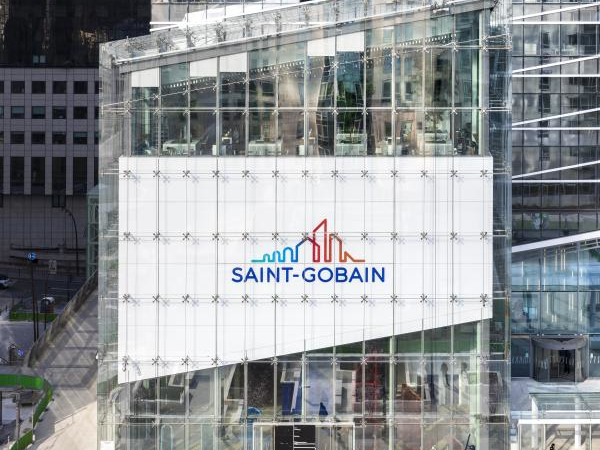
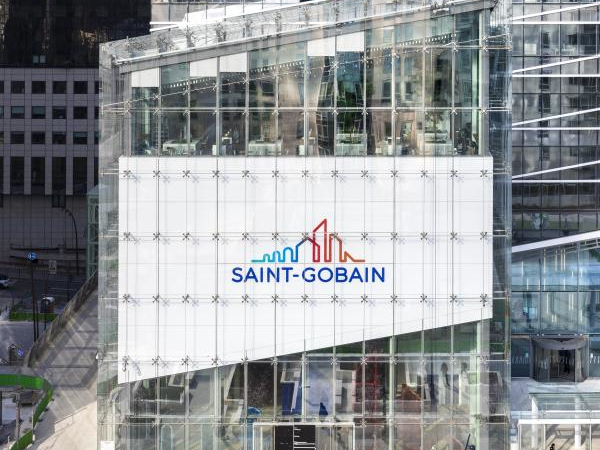
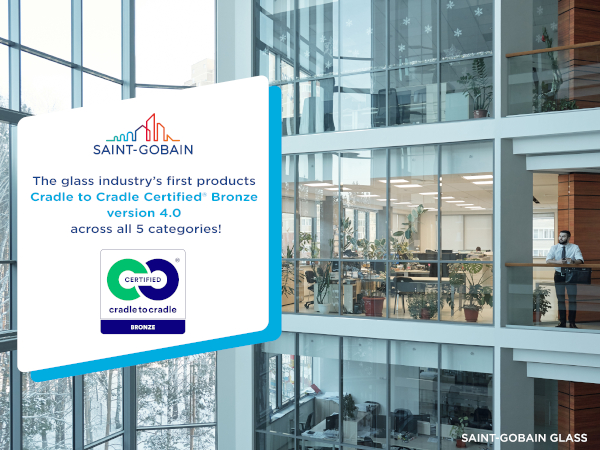
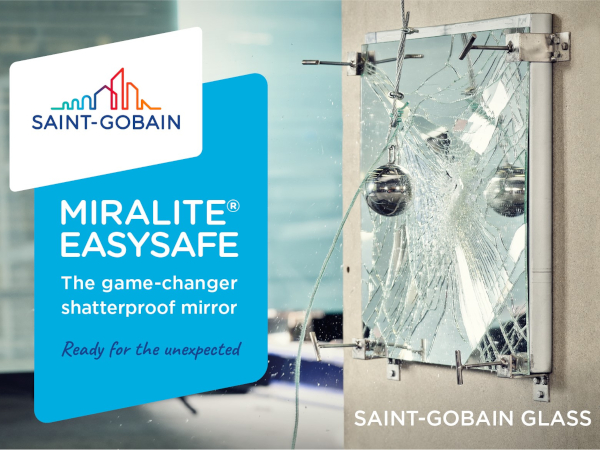
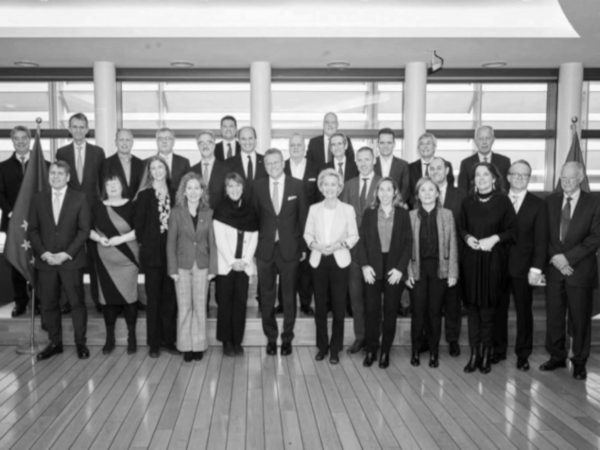





Add new comment